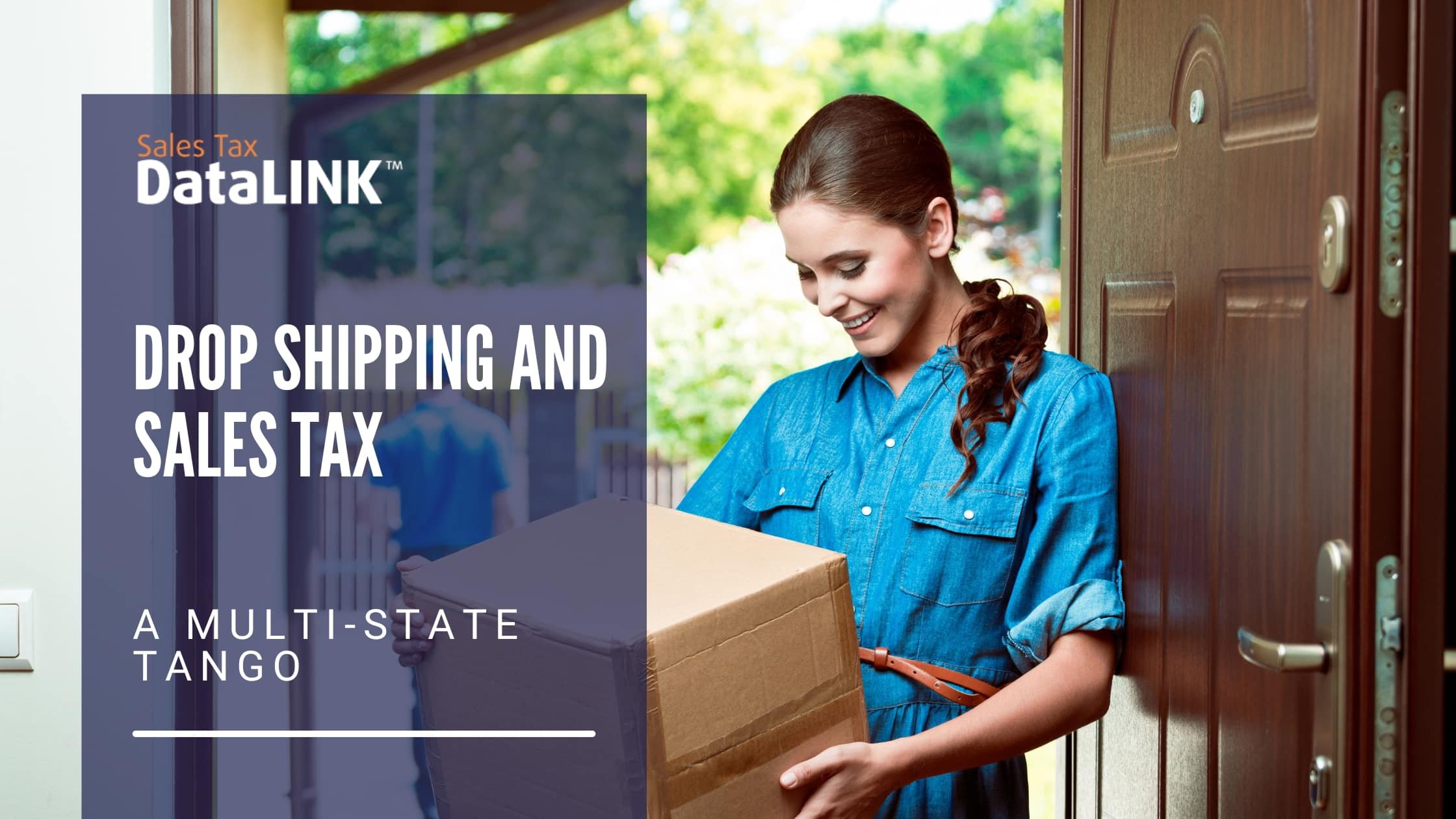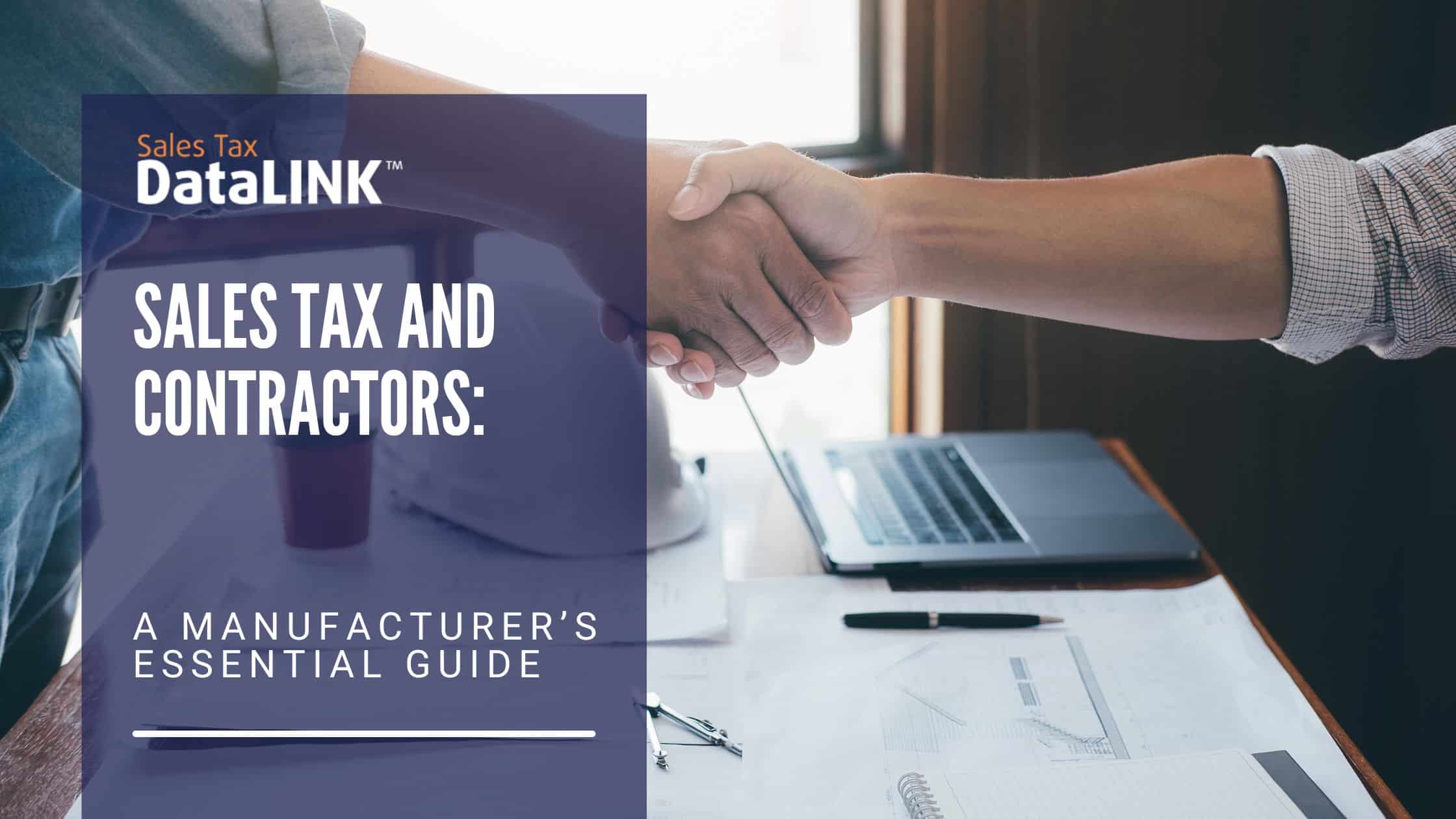Sales tax compliance has become immensely complex for businesses selling goods and services across state lines. With the rise of e-commerce and economic nexus rules, companies may now face collecting and remitting taxes in hundreds of jurisdictions. Manually managing such obligations is impractical, leading many firms to implement sales tax software aimed at automating calculations. However, properly utilizing this technology to adequately address the diverse rules of taxation across locations can prove challenging. This blog will explore both the promises and limitations of sales tax software as a solution for multi-jurisdictional compliance, as well as alternatives such as outsourcing certain tax functions to Sales Tax DataLINK.
Sales Tax Calculations and Filing
Sales tax calculations and filing can be done by hand. When you make a sale, you figure out whether the goods and services are taxable and whether you have a nexus in the buyer’s tax jurisdiction. More on that later.
Once you’ve determined that you need to charge sales tax, you must find out the sales tax rate. Usually, this depends on where the buyer is, but it can also be affected by what you’re selling.
Now that you know the sales tax rate, you simply multiply the price of the items by that sales tax rate. In some cases, you’ll have to adjust for shipping and delivery and coupons and discounts, but let’s keep it simple. If your goods and services total price came to $100.00 and the sales tax rate is 8.5%, you multiply $100 by 8.5% and come up with $8.50. The total charge for your customer is $108.50.
Do you need to charge sales tax?
The easy example above is the way that you would calculate sales tax if you are selling, for example, books in a physical bookstore. A customer walks in, you calculate the sales tax and charge your customer that amount, and set that money aside in its own bank account, ready to pass along to the government when it’s time to file.
Unfortunately, it’s not always that simple. For one thing, e-commerce now accounts for 15% of sales, on average. Until 2018, remote sellers were not required to collect sales tax. Consumers were required to pay them, but manufacturers and merchants had no responsibility for collecting them unless they had a physical presence in the buyer’s jurisdiction. Now, most states require remote sellers to collect and remit sales taxes.
So for any given sale, you have to determine whether you have (or will have) nexus in that jurisdiction. It’s no longer as clear as whether you have a physical presence. Instead, it usually has to do with the number of sales or the amount of revenue you have in a particular state. If you sell only a few items in each state, you may not have to collect sales tax beyond the state where you do business. However, the rules are complex.
So for each remote transaction, you have to figure out whether you need to collect sales tax or not.
Usually, this comes down to what state the buyer is in, but not always. In Alaska, for example, there is no state sales tax but some cities do charge sales tax, and sometimes they do so only during part of the year.
What’s more, each state has different rules for what items are taxable at which rates, and whether there are exceptions, exemptions, or sales tax holidays.
Note that you can’t collect the tax just in case. If you collect sales tax and then do not need to file in the state where you made the sales, you will be responsible for paying the sales taxes back to the people you charged, $8.50 at a time. Or possibly $0.85 at a time, if you had smaller transactions. If you should have collected sales tax but didn’t, you are responsible to pay that sales tax out of your own pocket.
What’s more, you must register to collect sales tax before you can legally collect it. Unless you are very confident that you won’t meet the tax thresholds for a given state, you are usually better off registering in every state in preparation for the possibility of having to collect sales taxes.
Automate it
When the Supreme Court decided to allow economic nexus in addition to physical nexus, they did think about how complicated it could be for small and medium-sized businesses. After all, any business now can be subject to hundreds or even thousands of jurisdictions. They said that it wouldn’t be a problem. They figured sales tax software would be the solution.
They were right about that. It’s not realistic for most businesses to calculate, report, file, and remit their sales taxes by hand. Sales tax software can do that for you automatically. Your point-of-sale system probably includes a basic sales tax calculator. You can fill in the origin of the item and its destination and your software will do the calculations for you.
Unfortunately, basic sales tax software doesn’t cover all the issues. For example, the item you sell might be taxable in one state but not in another. It might be taxable in a third state but at a lower rate than another item in the basket. Some states require you to charge sales tax on the entire basket if any item in it is taxable. Shipping is taxable in some states but not in others.
Your software also won’t determine nexus for you. You tell your software whether or not you expect to have nexus and hope you’re right.
Sales Tax DataLINK allows accuracy checks at the transaction level, but most sales tax software does not. If yours doesn’t, you leave yourself vulnerable to errors, audits, and even prosecution.
What’s more, the regulations change frequently. Responses to the changes can’t all be automated. And your business will probably have some specific issues that won’t be automatically covered by a sales tax engine.
One more thing — sales tax software costs can be a lot more than you expect. Your software might charge you every time a website visitor fills a basket, even if they don’t check out. They may charge you every time you need a question answered. They may charge you for every change and upgrade. There can also be significant upfront costs if you are just starting out with sales tax software.
Outsource it
If you are confident of your ability to use sales tax software effectively, you’ll love SalesTaxDataLINK. You pay one completely predictable, transparent price each month. You get the highest level of accuracy and exceptional customer service. You have access to American CPAs with expertise in sales taxes.
If this doesn’t sound like the best use of your time, though, you can outsource to us. We can even take care of nexus determination and registration for you.
If you haven’t tried Sales Tax DataLINK…
Try Sales Tax DataLINK. We’ll demonstrate the software for you using your own data so you can see how it really works for you. Call 479-715-4275 and let us impress you.




